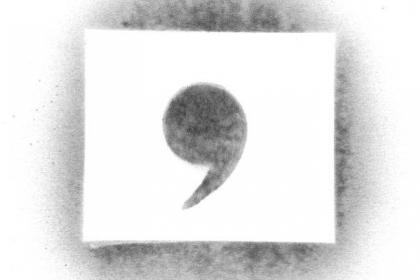
Few times in the history of the written word has such a small character caused so much contention as the serial comma. Also known as the Oxford comma (after the dictionary by the same name) and the Harvard comma (after the school, of course), this punctuation mark divides more than words. It has the uncanny ability to divide authors and editors into one of two camps: for or against.
Among those who support the use of the serial comma are the Chicago Manual of Style and William Strunk Jr. and E. B. White, authors of another well-known writing style guide, “The Elements of Style.” In this guide, the author is directed to use the serial comma “in a series of three or more terms with a single conjunction.” For example, “He opened the package, reviewed the contents, then abruptly tossed it aside.” Or, “Her skirt was a conglomeration of red, orange, and blue fabric scraps.”
Avid haters of the serial comma include the Associated Press (AP) and publications such as People, Variety, and The National Enquirer. AP prescribes that the serial comma should be omitted in all cases except when doing so would cause misreading. This is in direct opposition to the Chicago Manual of Style which states serial commas should always be used, except in the same circumstance. If this isn’t confusing enough, writers for Variety must accept that the publication basically sticks to its own unwritten grammar rules.
The Comma in Court
In March of 2017, the serial comma had its day in court. Dairy delivery drivers for Oakhurst Dairy, a company in Maine, sued their employer regarding overtime pay and who was qualified to receive it. The U.S. Court of Appeals determined on March 13 that the way Maine’s employment laws were written, the law was unclear and “ambiguous,” leaving too much room for misinterpretation. The problem of clarity came down to one missing comma!
In the end, the five drivers involved won their appeal, and the court ruled they were eligible for overtime benefits. Maine does have its own style guide for legislation which instructs law-writers to omit the serial comma. This could be revisited, however, as the drivers’ overtime case continues moving forward.
Which Way to Sway?
As a writer or an editor, the best tool you have in your box is communication. Writers want their work to stand apart in clarity, and an editor or publisher may have different criteria for the piece than the writer is accustomed to. Always clarify which style the end publication prefers, and it will make both of your jobs easier. Afterward, you can celebrate a little if your side of the comma conundrum has won the battle.



